The Psychology of Adaptive Architecture
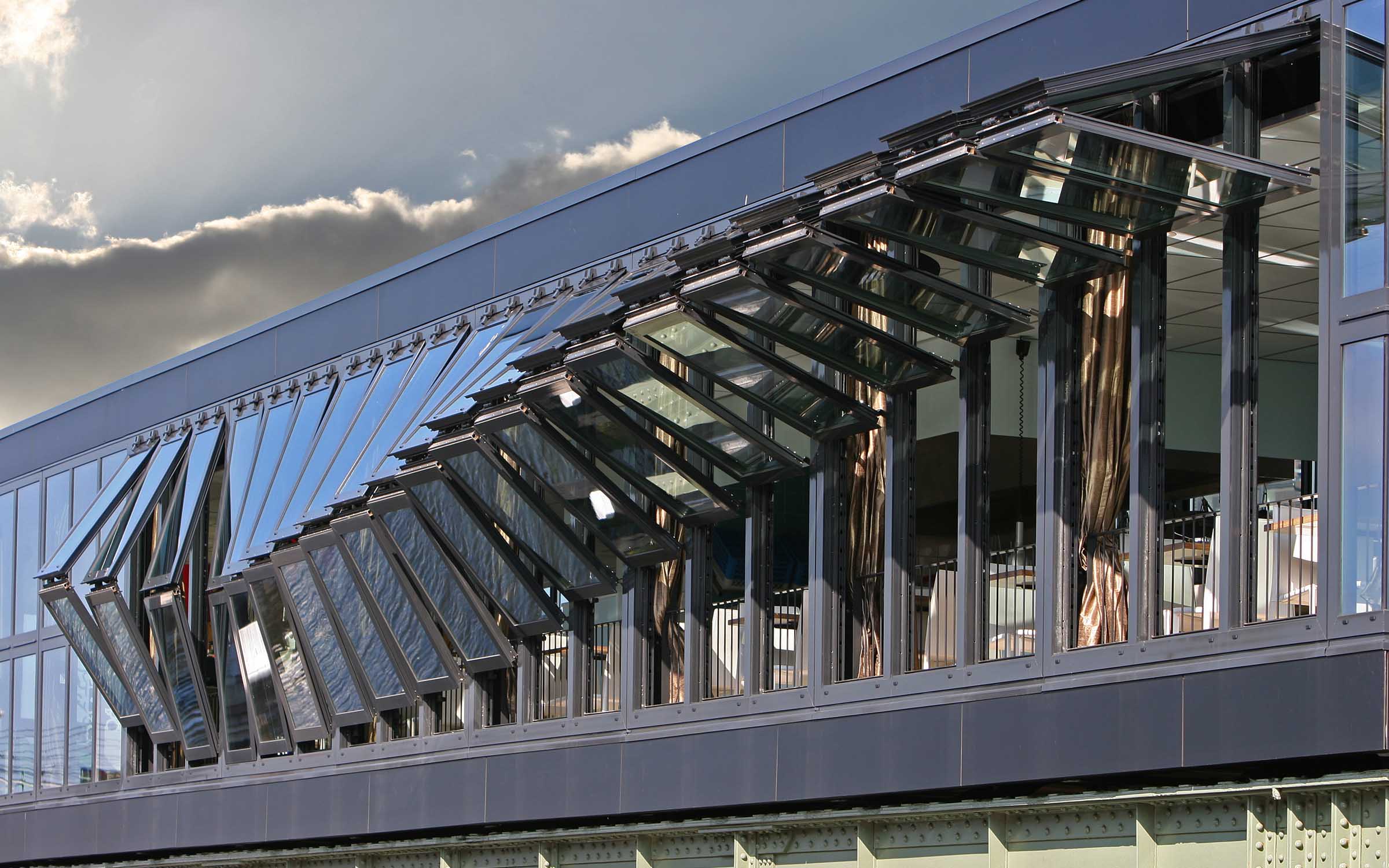
Adaptive Architecture: Architecture of the Environment
Adaptive Architecture represents an innovative approach where buildings are designed to adjust and respond to their environment, occupants, and usage patterns. This emerging field combines elements of architectural design, sensor technology, artificial intelligence, and mechatronics to create structures that can change and optimize themselves over time. In this exploration, we’ll delve into the origins, characteristics, and psychological underpinnings of Adaptive Architecture.
Historical Context and Key Characteristics
While the concept of adaptable buildings has existed for centuries (think of traditional Japanese houses with movable screens), Adaptive Architecture as we know it today emerged in the late 20th and early 21st centuries. It builds upon earlier ideas of kinetic and interactive architecture but incorporates advanced technologies to create more responsive and intelligent buildings.
Key features of Adaptive Architecture include:
- Use of sensors to monitor environmental conditions and occupant behavior
- Integration of artificial intelligence for decision-making and optimization
- Incorporation of movable elements (walls, shades, etc.) that respond to changing needs
- Smart systems for managing energy use, lighting, and climate control
- Ability to learn from past performance and improve over time
- Customizable spaces that adapt to different users and functions
- Integration with smart city systems and the Internet of Things (IoT)
Cultural Context
The rise of Adaptive Architecture coincides with a growing awareness of the impact of buildings on the environment and human well-being. It reflects a shift towards a more holistic and sustainable approach to building design that considers the entire lifecycle of a structure and its relationship to its context.
Technological Advances
Adaptive Architecture heavily relies on advancements in sensor technology, artificial intelligence, and building automation systems. The increasing affordability and miniaturization of these technologies have made it possible to integrate them into building components and create more responsive and intelligent structures.
Political Landscape
The development of Adaptive Architecture is influenced by policies and regulations related to energy efficiency, sustainability, and smart city initiatives. Governments and organizations around the world are promoting the adoption of adaptive and intelligent building technologies as part of their strategies to address climate change and improve urban resilience.
Key Innovators
Several influential architects, researchers, and institutions are at the forefront of Adaptive Architecture, including:
Carlo Ratti and the MIT Senseable City Lab: Exploring the intersection of architecture, urban design, and technology to create more responsive and sustainable cities.
Bjarke Ingels Group (BIG): Danish architectural firm known for its innovative and adaptive designs, such as the 8 House in Copenhagen and the VIA 57 West in New York City.
Aedas: International architectural firm that has designed several adaptive and responsive buildings, such as the Al Bahr Towers in Abu Dhabi, which feature a dynamic facade that responds to sun movement.
Philip Beesley: Canadian architect and researcher known for his work on responsive and interactive architectural installations that mimic living systems.
Related Architectural Styles
Adaptive Architecture is closely related to and often overlaps with other architectural styles and trends that focus on sustainability, technology integration, and responsiveness, including:
Green Architecture: A broad term encompassing various approaches to environmentally responsible and resource-efficient building design.
Interactive Architecture: Buildings that incorporate interactive elements and technologies to create more engaging and responsive environments.
Kinetic Architecture: Structures that incorporate moving or transformable elements, often in response to environmental conditions or user needs.
Dialectical Materialist Perspective
From a dialectical materialist viewpoint, Adaptive Architecture represents a synthesis of static built form and dynamic natural systems. It emerged from the contradiction between the traditionally fixed nature of architecture and the constantly changing needs of occupants and environments. This movement embodies the tension between the desire for stability in our built environment and the need for flexibility and responsiveness in an era of rapid change.
Jungian Depth Psychology Analysis
Through the lens of Carl Jung’s analytical psychology, Adaptive Architecture can be interpreted as an expression of several archetypes:
- The Shapeshifter archetype, representing transformation and adaptability, is evident in the movement’s focus on buildings that can learn and change.
- The Sage archetype, embodying wisdom and the ability to make informed decisions, is reflected in the integration of artificial intelligence into building systems.
- The Caregiver archetype, representing nurture and support, is manifest in the attempt to create buildings that respond to human needs.
The balance between technological sophistication and human-centered design in Adaptive Architecture might be seen as a reconciliation of the Animus (associated with logic and systems) and Anima (associated with intuition and human experience) archetypes.
Ego Perspective: Assertions and Insecurities
Adaptive Architecture asserts the potential for buildings to be more than passive shelters, positioning them as active participants in our lives and environments. This approach projects an image of technological sophistication and future-readiness, while also emphasizing a commitment to creating more efficient, comfortable, and sustainable built environments.
However, the movement also reveals certain cultural insecurities. The focus on creating buildings that can change and adapt might be seen as a reaction to anxieties about the unpredictability of the future and the rapid pace of technological and social change. The reliance on artificial intelligence and smart systems could reflect insecurities about human decision-making capabilities in complex, data-rich environments.
Lasting Influence, Criticisms, and Modern Context
Adaptive Architecture is having a growing impact on contemporary building design and urban planning. Its principles are influencing the development of smart buildings and cities that can respond to changing conditions, from fluctuations in energy demand to shifts in usage patterns. In the modern context, Adaptive Architecture is informing approaches to sustainability that go beyond static solutions, allowing buildings to continuously optimize their performance.
However, the movement has also faced criticisms. Some argue that the reliance on complex technologies could lead to issues of maintainability and longevity. Others question the potential for adaptive systems to create unintended consequences or to reinforce existing biases and inequalities.
Despite these criticisms, the principles of Adaptive Architecture are likely to become more central to architectural practice as we face increasing uncertainty due to climate change, changing work patterns, and rapid technological advancement. The movement’s lasting legacy may be its fundamental reshaping of the relationship between buildings, their occupants, and the environment, leading to a new era of symbiosis between people and the spaces they inhabit.
Bibliography and Further Reading
Fox, M., & Kemp, M. (2009). Interactive Architecture. New York: Princeton Architectural Press.
Kolarevic, B., & Parlac, V. (Eds.). (2015). Building Dynamics: Exploring Architecture of Change. London: Routledge.
Ratti, C., & Claudel, M. (2016). The City of Tomorrow: Sensors, Networks, Hackers, and the Future of Urban Life. New Haven: Yale University Press.
Schnädelbach, H. (2010). Adaptive Architecture – A Conceptual Framework. In J. Geelhaar, F. Eckardt, B. Rudolf, S. Zierold, & M. Markert (Eds.), MediaCity: Interaction of Architecture, Media and Social Phenomena (pp. 523-556). Weimar: Bauhaus-Universität Weimar.
Sterk, T. d’E. (2015). Adaptive Architecture: An Overview. In B. Kolarevic & V. Parlac (Eds.), Building Dynamics: Exploring Architecture of Change (pp. 29-44). London: Routledge.
Wigginton, M., & Harris, J. (2002). Intelligent Skins. Oxford: Butterworth-Heinemann.
Read about the Psychology of Other Styles of Architecture
The Psychology of Architecture
The Psychology of Architecture












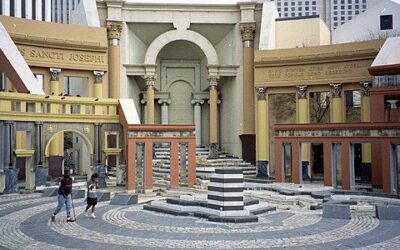

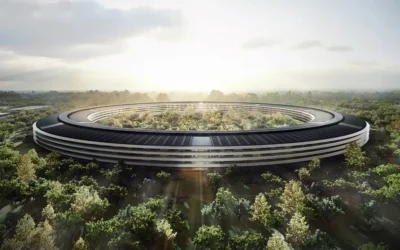
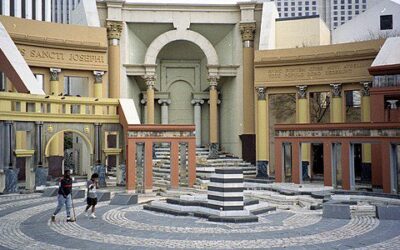
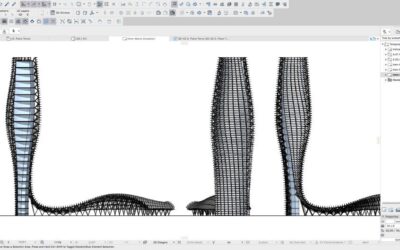
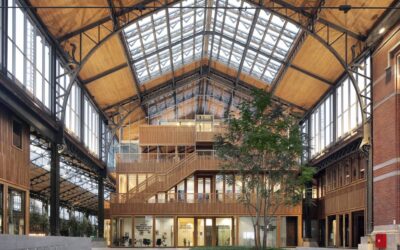






0 Comments